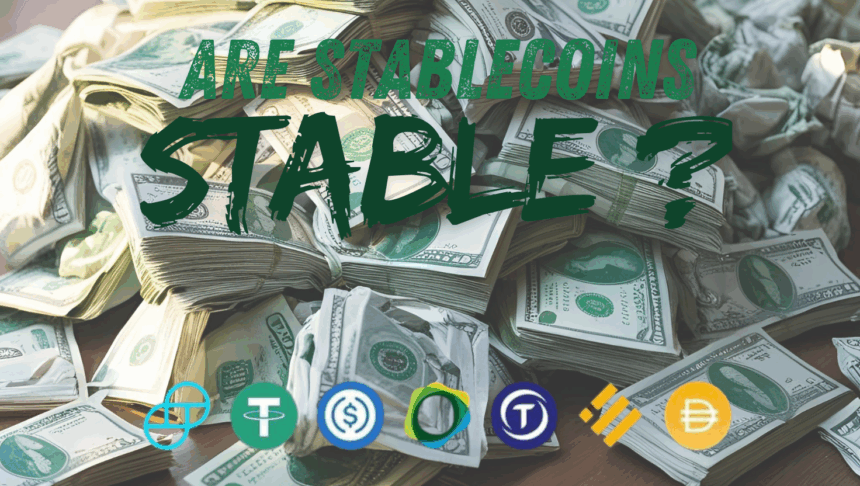Stablecoins are back in the spotlight—this time with traditional financial giants leading the charge. Mastercard, Visa, JPMorgan, and others are diving into the stablecoin race, signaling a new phase in crypto adoption. But as excitement builds, so do the questions: Can stablecoins stay stable? Who really controls them? And what risks do they pose to everyday users?
Let’s break it down.
🏦 Wall Street Wants In: Banks, Cards & Coins
It’s not just crypto-native firms anymore. Traditional banks and payment giants are making big moves. JPMorgan rebranded its stablecoin to Kinexys Digital Payments to streamline institutional transactions. Mastercard has teamed up with Bleap Finance to let users spend stablecoins directly on-chain—no conversions, no middlemen. Visa, not to be outdone, became the first major player to join the Global Dollar Network in April 2025.
Even the New York Stock Exchange’s parent company, Intercontinental Exchange (ICE), is exploring stablecoin applications across its markets. Meanwhile, Trump’s executive order banning CBDCs and promoting dollar-backed stablecoins has given the green light for companies like World Liberty Financial to issue USD1, a new entrant in the digital dollar race.
💰 The Stablecoin Landscape: Too Many, Too Risky?
With over 200 stablecoins in circulation—most pegged to the U.S. dollar—two names dominate the market: Tether (USDT) and USDC, controlling a combined 93% of the market cap. But new players are rising. One example is USDe, launched in 2024. It takes a different approach, using derivatives and delta hedging to maintain its peg. That strategy offers high yields (up to 27%)—but with high risk.
Stablecoins generally fall into three types:
- Centralized, fiat-collateralized (e.g., USDC, USDT): Backed by real-world reserves and controlled by companies.
- Decentralized, crypto-collateralized (e.g., DAI): Managed by protocols, not people.
- Algorithmic, uncollateralized: Pegs are maintained by code alone. Think central banks, but on-chain.
But here’s the catch: when stablecoins lose their peg—“depegging”—trust evaporates. That’s what happened with TerraUSD (UST), a now-infamous case of alleged manipulation, unsustainable yields, and eventual collapse. Fraud, not flawed code, took it down. And if regulators want to avoid a repeat, they’ll need to focus more on stopping bad actors than banning innovation.
🔄 The Call for Decentralization: Back to Crypto’s Roots
Most stablecoins today are centralized. They’re controlled by companies, stored in banks, and vulnerable to mismanagement. That’s not what crypto was built for. Bitcoin’s core promise was decentralization—finance without banks, run by code, governed by communities.
To bring that vision back, we need stablecoins that follow suit: transparent, decentralized, and algorithmically managed. Yes, they’ll face scrutiny. But they’re also the clearest path to a stable, truly crypto-native financial future.
The next evolution in stablecoins isn’t just about banks or blockchains—it’s about trust, transparency, and reclaiming the core values of crypto. Let’s build something better.























